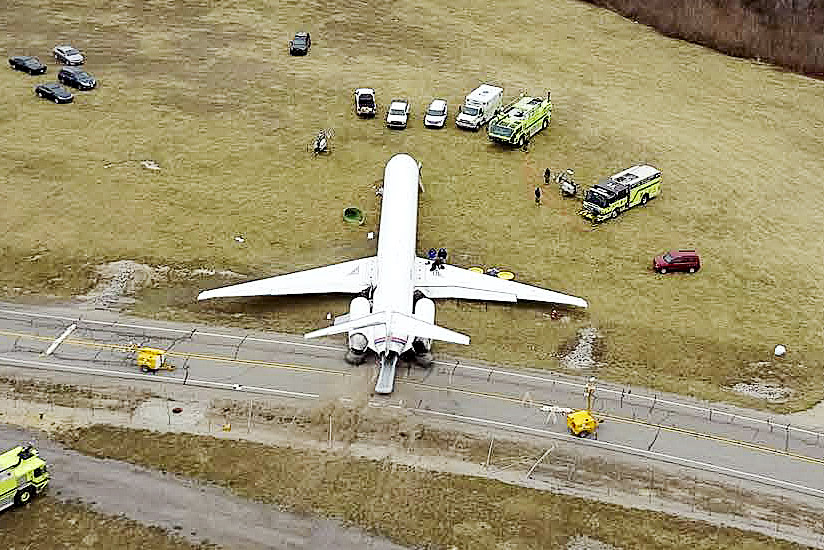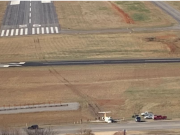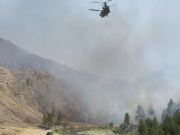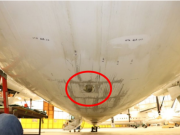
Twelve seconds had passed since the check airman called “V1” and then “rotate” as the airplane reached the pre-planned airspeeds. Thus, the check airman was surprised when the captain announced that he was rejecting the takeoff. The airplane, a Boeing MD-83, was accelerating through about 160 kt and was using up the remaining runway at more than 200 ft a second. “No, not above vee-one,” the check airman said. However, although he was technically the pilot-in-command (PIC), the check airman made no further protest and backed up the captain in bringing the airplane to a stop.



